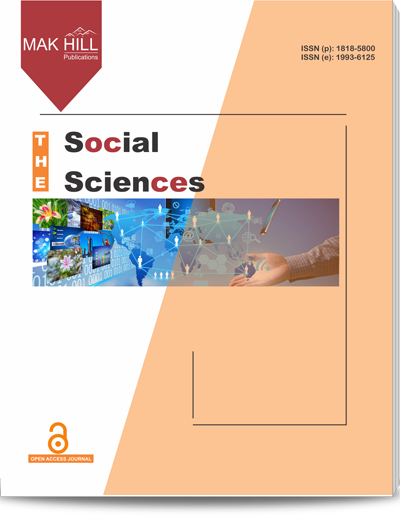
The Social Sciences
ISSN: Online 1993-6125ISSN: Print 1818-5800
Abstract
The aim of this study were to develop and validate a self-rating scale, student stress inventory or SSI for the assessment of stress among Malaysian youth. There are four sub-scales measured in SSI. First, physical stress which contains 10 negative items. Second, interpersonal relationship consists of 10 negative items. Third, academic stress with 10 negative items. The last sub-scales is environmental stress which contains 10 negative items. Content validity was valued by 9 experts which are 5 lecturers and 4 practitioners. The 50 respondents from undergraduate students of an educational university in Peninsular Malaysia were involved for the reliability test. SSI obtained high validity for overall which is 8.05 (80.5%) and for sub-scale of physical: 8.07, interpersonal relationship: 7.89, academic: 8.22 and environmental: 8.02. Reliability analysis also showed high level of reliability which is 0.857 while sub-scale analysis showed moderate where physical: 0.680, interpersonal: 0.620, academic: 0.842 and environmental: 0.806. By this finding, it showed that SSI has a high score of reliability and validity, thus, it can be used in Malaysia context to measure the level of stress among university students. SSI would be beneficial in giving information to educators, counselors, psychologists and researchers who are striving in enhancing students’ psychological wellness.
How to cite this article:
A. Ahmad, M.A.S. Mohamed Arip, D.N. Kamaruzaman, A. Roslan and M.R. Abd Rahman. Development, Validity and Reliability of Student Stress Inventory (SSI).
DOI: https://doi.org/10.36478/sscience.2015.1631.1638
URL: https://www.makhillpublications.co/view-article/1818-5800/sscience.2015.1631.1638